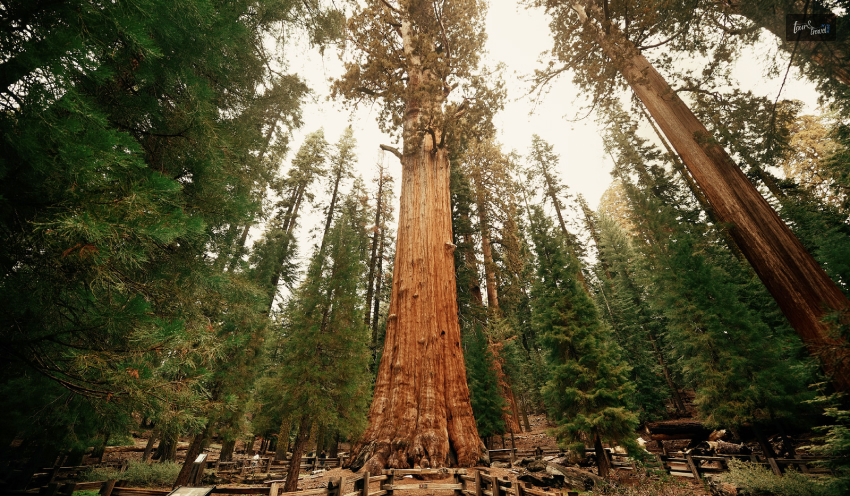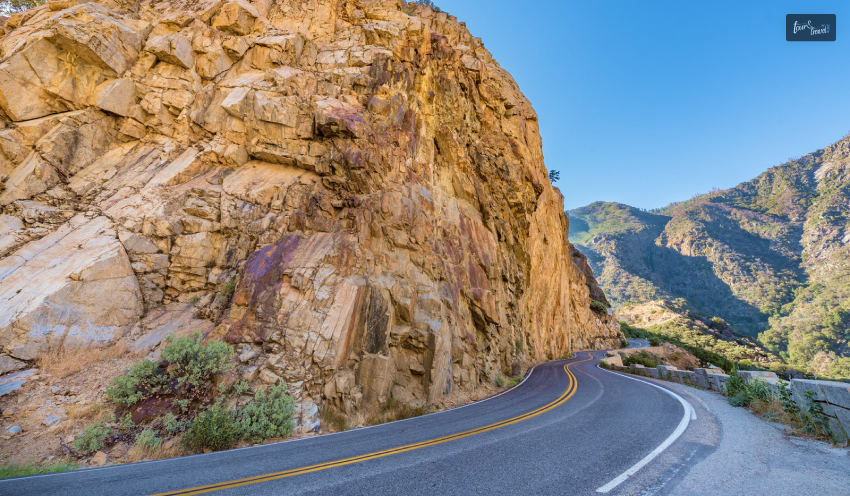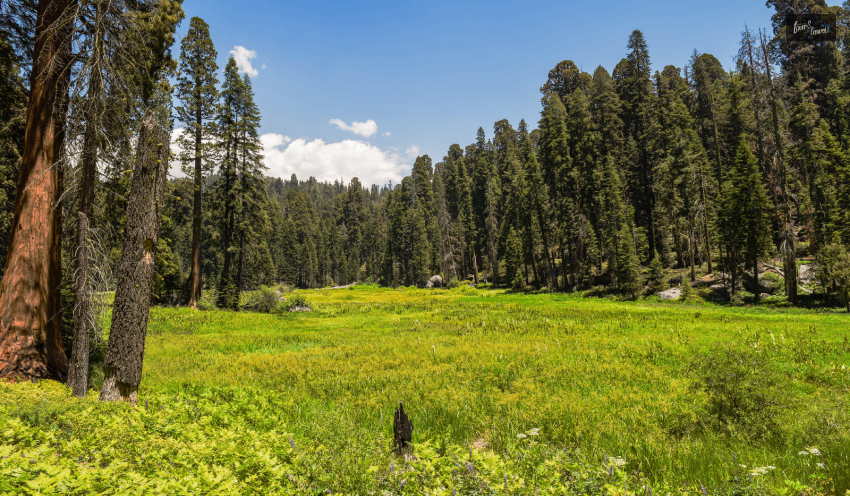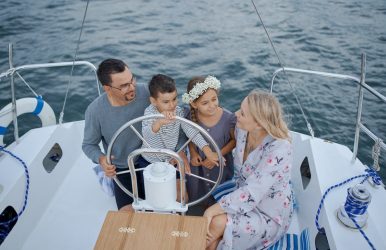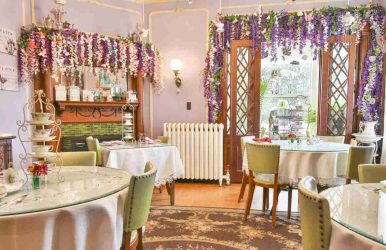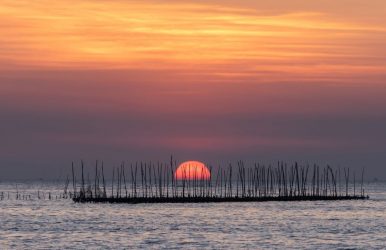Tips To Make Your Vacation In Gatlinburg More Enjoyable
BY Abdul Aziz May 23, 2023
Nestled in the heart of the Great Smoky Mountains, Gatlinburg is an idyllic vacation destination in Tennessee that captivates the hearts of millions each year. Encompassing enchanting landscapes, rich heritage, and a broad spectrum of activities, Gatlinburg caters to the interests of all people. The tourism statistics for 2022 reveal that its allure draws in over 12 million visitors annually. What makes this picturesque town delightful is its unique natural beauty. Furthermore, its mixture of cultures and traditions makes it a necessary stop for anyone who loves to travel. Gatlinburg never disappoints with its exceptional vacation experience, whether you're someone who loves outdoor activities, enjoys learning about history, or just wants to unwind. This destination has options suitable for everyone. Planning Your Itinerary Crafting the perfect itinerary for Gatlinburg is all about embracing its diverse offerings. From the panoramic vistas of the Great Smoky Mountains National Park to the lively Gatlinburg arts and crafts community, many experiences are waiting to be explored. Begin by listing your interests and matching them with Gatlinburg's attractions. You may be drawn to the allure of nature, the vibrancy of local art, or the thrill of adventure sports. Once you've identified your preferences, distribute these activities across your vacation days evenly. Remember, a balanced itinerary is vital to experiencing the essence of Gatlinburg without feeling rushed. After all, a vacation should be a symphony of memorable moments, not a race against time. Accommodation One of the most enticing aspects of a Gatlinburg trip is the opportunity to stay in the cozy, delightful cabins that embellish the mountainside. You can find many cabins in Gatlinburg TN, which offer an experience that combines privacy, scenic views, and comfort. These cabins are often conveniently located, providing easy access to local attractions while ensuring a tranquil retreat. These cabin rental services offer various options for every preference and budget. With their exceptional customer service and additional facilities such as hot tubs, fireplaces, and game rooms, they elevate the cabin experience, making your stay in Gatlinburg truly unforgettable. The Great Outdoors Immersing yourself in the natural splendor of Gatlinburg is an absolute must. The Smoky Mountains' breathtaking scenery, with lush forests, cascading waterfalls, and diverse wildlife, offers a perfect setting for outdoor activities like hiking, fishing, or picnicking. The ideal times to visit are during the fall for a stunning display of autumnal colors or in the spring when wildflowers blanket the mountainside. Pack comfortable clothing, sturdy footwear, and essential gear to enjoy your outdoor adventures fully, regardless of the season. With some preparation, you're ready to answer the call of Gatlinburg's great outdoors and create lasting memories. Exploring Local Culture And Heritage Immersing yourself in Gatlinburg's vibrant culture and rich heritage adds a unique dimension to your vacation. The town's history echoes through its local museums, showcasing the region's past. The art galleries display the creativity of local artisans. To truly understand Gatlinburg's essence, take advantage of the Gatlinburg History Museum, where you can delve into the town's roots, and the Arrowmont School of Arts and Crafts, a hub of local creativity. Also, a stroll through the Historic Ogle Cabin is a must-do. Remember, embracing the local culture and heritage is not just about visiting sites. It's about connecting with the heart of Gatlinburg. Family-Friendly Activities A family playground, Gatlinburg offers numerous educational and entertaining activities. It is a place where the forests echo with the laughter of children and where the spirit of adventure brings families closer. To fully appreciate the Smokes, you should visit the Gatlinburg Skylight Park and take a ride on its scenic chairlift to enjoy panoramic views. For a hands-on educational experience, Ripley's Aquarium of the Smokies provides a captivating glimpse into marine life. And if your family loves puzzles and challenges, the Gatlinburg Escape Game offers fun-filled, family-friendly escape rooms. Each day in Gatlinburg brings new adventures that create memories to last a lifetime, making it an ideal family vacation destination. Shopping And Souvenirs Gatlinburg provides a shopping experience that's as unique as its mountain setting. Wander through the town's quaint boutiques and eclectic shops to find one-of-a-kind stuff. The Great Smoky Arts and Crafts Community is a haven for handcrafted goods, from pottery and paintings to hand-woven baskets and quilts. Consider locally produced honey, traditional mountain music CDs, or hand-carved wooden bears for a local memento. Remember to drop by the Ole Smoky Candy Kitchen, where watching taffy being made is as enjoyable as tasting it. Shopping in Gatlinburg is more than retail therapy. It's a way to bring a piece of your unforgettable vacation back home. Gatlinburg Cuisine A journey through Gatlinburg is incomplete without indulging in its delicious local cuisine. The town boasts a diverse food scene that intertwines with its Appalachian heritage, offering dishes as comforting as the Smoky Mountain backdrop. Here, you can savor mouth-watering barbecue, crisp apple fritters, or cornbread, a Southern staple. If you're a fan of pancakes, you're in for a treat, as Gatlinburg is famous for its pancake houses. For the more adventurous palate, regional specialties like locally caught trout or whiskey-infused dishes offer a unique taste of Gatlinburg. Each bite is a testament to the area's rich culinary tradition, adding an extra flavor to your vacation. Unusual Attractions While Gatlinburg is renowned for its famous tourist sites, it also harbors a collection of hidden gems that offer a unique perspective of this mountain town. For a touch of the mystical, the Salt and Pepper Shaker Museum offers a quirky peek into the seasoning world. If you're intrigued by the paranormal, the Mysterious Mansion is an old-school haunted house that sends chills. For nature enthusiasts, the Quiet Walkways of the Smoky Mountains provide secluded trails often overlooked by tourists. Embark on an off-the-beaten-path adventure in Gatlinburg, and you'll uncover facets of the town that make your vacation truly distinctive. Conclusion An extraordinary vacation in Gatlinburg is all about embracing its diverse attractions, soaking in the beauty of the great outdoors, finding comfort in the cozy cabins, exploring the rich local culture, and sharing joyful moments through family activities. It includes hunting for unique souvenirs, savoring the local cuisine, and discovering unusual attractions. This picturesque town in the Smoky Mountains is a canvas painted with the colors of nature, culture, and adventure. Each day unfolds a new scene, adding to the joys of your vacation. Gatlinburg is more than just a travel destination. It's a journey into a world where every experience is worth cherishing. Read Also: Tips For Vacationing In Gatlinburg Great Vacation Ideas For Adventurers 4 Fun Trip Ideas To Plan For This Year


